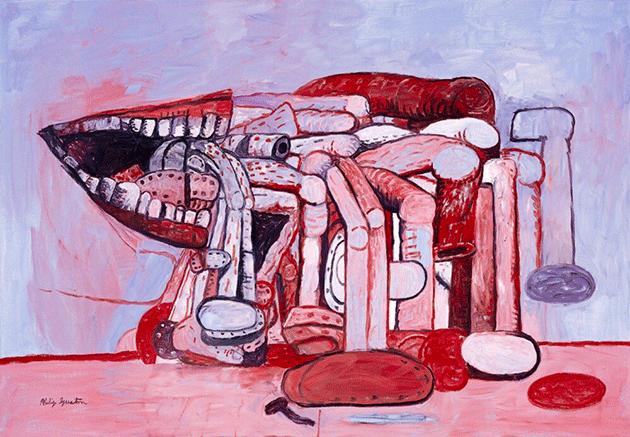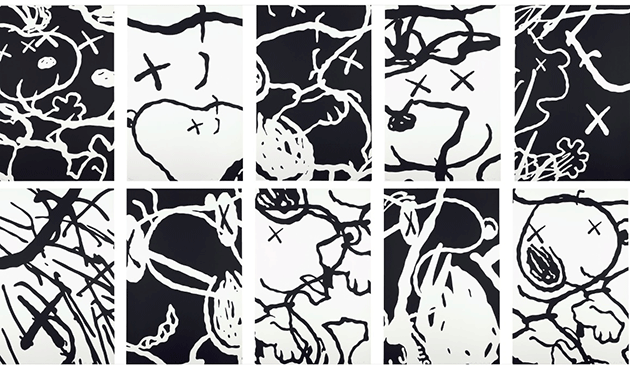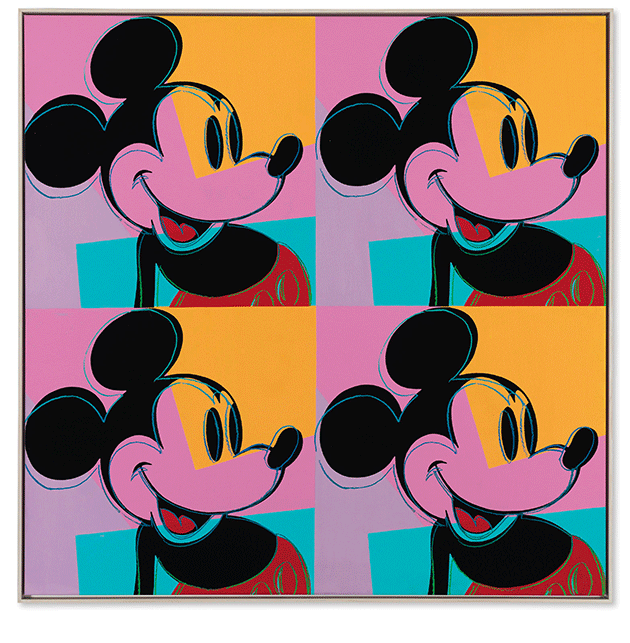20th Century & Contemporary Art Evening Sale in Association with Poly Auction
Hong Kong Auction 3 December 2020
1
Salman Toor
Group Dance
Estimate HK$380,000 - 480,000
Sold for HK$4,032,000
Create your first list.
Select an existing list or create a new list to share and manage lots you follow.
2
Emily Mae Smith
Dust
Estimate HK$200,000 - 300,000
Sold for HK$1,134,000
Create your first list.
Select an existing list or create a new list to share and manage lots you follow.
3
Titus Kaphar
Well Kept
Estimate HK$800,000 - 1,200,000
Sold for HK$3,528,000
Create your first list.
Select an existing list or create a new list to share and manage lots you follow.
4
Matthew Wong
River at Dusk
Estimate HK$7,000,000 - 10,000,000
Sold for HK$37,760,000
Create your first list.
Select an existing list or create a new list to share and manage lots you follow.
5
Yoshitomo Nara
Hothouse Doll
Estimate HK$50,000,000 - 70,000,000
Sold for HK$103,115,000
Create your first list.
Select an existing list or create a new list to share and manage lots you follow.
6
Yoshitomo Nara
Untitled
Estimate HK$24,000,000 - 36,000,000
Sold for HK$29,290,000
Create your first list.
Select an existing list or create a new list to share and manage lots you follow.
7
Jean-Michel Basquiat
Ancient Scientist
Estimate HK$50,000,000 - 70,000,000
Sold for HK$58,330,000
Create your first list.
Select an existing list or create a new list to share and manage lots you follow.
8
Gerhard Richter
Abstraktes Bild (682-4)
Estimate HK$20,000,000 - 30,000,000
Sold for HK$32,315,000
Create your first list.
Select an existing list or create a new list to share and manage lots you follow.
9
Yayoi Kusama
INFINITY-NETS (QRTWE)
Estimate HK$15,000,000 - 20,000,000
Sold for HK$17,190,000
Create your first list.
Select an existing list or create a new list to share and manage lots you follow.
10
Yayoi Kusama
Fruits [EPSOB]
Estimate HK$7,000,000 - 12,000,000
Sold for HK$12,350,000
Create your first list.
Select an existing list or create a new list to share and manage lots you follow.
11
Zhou Chunya
The Flower in a Vase
Estimate HK$3,500,000 - 5,000,000
Sold for HK$6,905,000
Create your first list.
Select an existing list or create a new list to share and manage lots you follow.
12
Zhang Xiaogang
Fairy Tale
Estimate HK$6,500,000 - 8,500,000
Create your first list.
Select an existing list or create a new list to share and manage lots you follow.
13
Liu Wei
Purple Air IV-4
Estimate HK$1,600,000 - 3,000,000
Sold for HK$2,772,000
Create your first list.
Select an existing list or create a new list to share and manage lots you follow.
14
Yue Minjun
Untitled
Estimate HK$2,000,000 - 3,000,000
Sold for HK$2,016,000
Create your first list.
Select an existing list or create a new list to share and manage lots you follow.
15
KAWS
UNTITLED
Estimate HK$3,800,000 - 5,500,000
Sold for HK$4,662,000
Create your first list.
Select an existing list or create a new list to share and manage lots you follow.
16
Bernard Frize
Wir
Estimate HK$1,000,000 - 2,000,000
Sold for HK$2,142,000
Create your first list.
Select an existing list or create a new list to share and manage lots you follow.
17
Michael Craig-Martin
REAL
Estimate HK$600,000 - 800,000
Sold for HK$756,000
Create your first list.
Select an existing list or create a new list to share and manage lots you follow.
18
KAWS
UNTITLED
Estimate HK$3,000,000 - 5,000,000
Sold for HK$4,788,000
Create your first list.
Select an existing list or create a new list to share and manage lots you follow.
19
Christine Ay Tjoe
When Black and Red Could Hardly be a Circle
Estimate HK$4,000,000 - 6,000,000
Sold for HK$4,788,000
Create your first list.
Select an existing list or create a new list to share and manage lots you follow.
20
Zao Wou-Ki
12.2.69
Estimate HK$6,500,000 - 8,500,000
Sold for HK$13,560,000
Create your first list.
Select an existing list or create a new list to share and manage lots you follow.
21
Zao Wou-Ki
14.06.73
Estimate HK$10,000,000 - 16,000,000
Sold for HK$12,350,000
Create your first list.
Select an existing list or create a new list to share and manage lots you follow.
22
Chu Teh-Chun
Composition No. 65
Estimate HK$15,000,000 - 20,000,000
Create your first list.
Select an existing list or create a new list to share and manage lots you follow.
23
Chu Teh-Chun
Le 30 mars 1981
Estimate HK$5,500,000 - 7,500,000
Sold for HK$7,752,000
Create your first list.
Select an existing list or create a new list to share and manage lots you follow.
24
Lalan
Efter Regnen (After the Rain)
Estimate HK$750,000 - 1,000,000
Sold for HK$2,016,000
Create your first list.
Select an existing list or create a new list to share and manage lots you follow.
25
Cai Guo-Qiang
Two Wandering Tigers
Estimate HK$3,500,000 - 4,500,000
Sold for HK$4,410,000
Create your first list.
Select an existing list or create a new list to share and manage lots you follow.
26
Li Chen
Peony
Estimate HK$1,000,000 - 2,000,000
Sold for HK$2,394,000
Create your first list.
Select an existing list or create a new list to share and manage lots you follow.
27
Banksy
Monkey Detonator
Estimate HK$3,800,000 - 4,800,000
Sold for HK$5,292,000
Create your first list.
Select an existing list or create a new list to share and manage lots you follow.
28
On Kawara
NOV.25, 1989
Estimate HK$2,600,000 - 3,500,000
Sold for HK$3,276,000
Create your first list.
Select an existing list or create a new list to share and manage lots you follow.
29
Lucas Arruda
Untitled
Estimate HK$1,500,000 - 2,500,000
Sold for HK$3,780,000
Create your first list.
Select an existing list or create a new list to share and manage lots you follow.
30
Tomoo Gokita
Trust Us
Estimate HK$2,000,000 - 3,000,000
Sold for HK$2,520,000
Create your first list.
Select an existing list or create a new list to share and manage lots you follow.
31
Fernando Botero
The Beach
Estimate HK$2,400,000 - 3,200,000
Sold for HK$2,772,000
Create your first list.
Select an existing list or create a new list to share and manage lots you follow.
32
This lot is no longer available.


